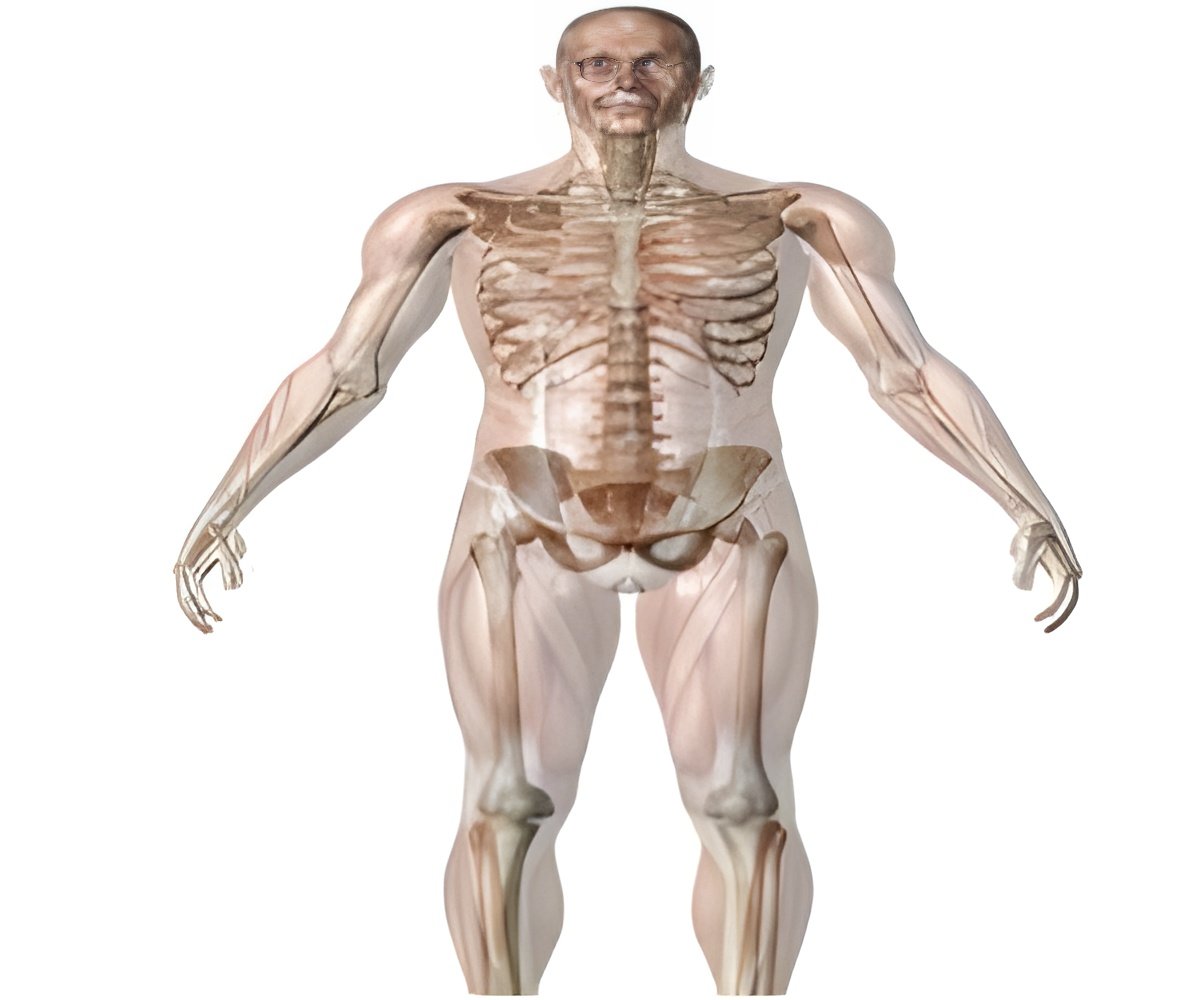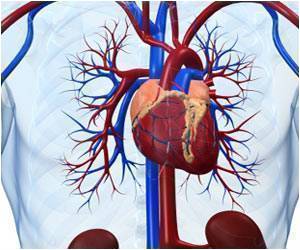
In the first study, MacKenzie and colleagues find that prolactin treatment increases SMN levels, improves muscle movement, and enhances survival in a mouse model of severe SMA. As prolactin has been used in the clinic to augment lactation in mothers of preterm infants, this drug has more immediate therapeutic potential than other drugs that do the same but have no history of safety in humans.
In the second study, Monani, Lutz, and colleagues find that increasing levels of SMN protein after disease onset in a mouse model of severe SMA has therapeutic benefit. These data raise the possibility that treatments designed to increase SMN levels could be effective, even if initiated at relatively advanced stages of the disease.
Kathryn Swoboda, at the University of Utah, Salt Lake City, discusses in detail these two reports and their therapeutic implications in an accompanying commentary.
Source-Eurekalert









